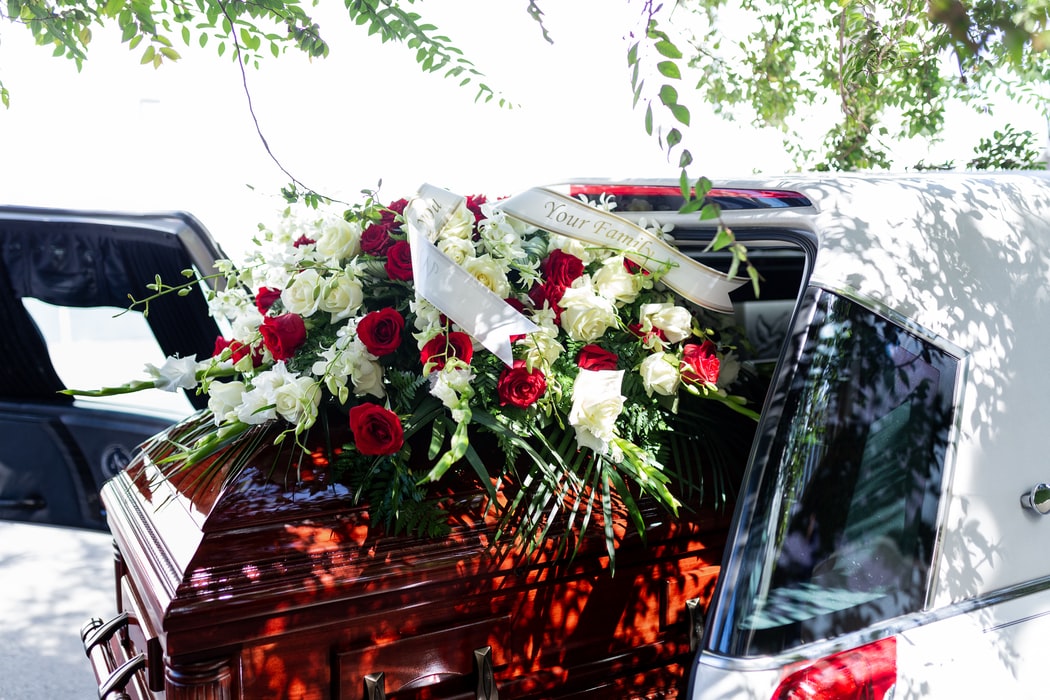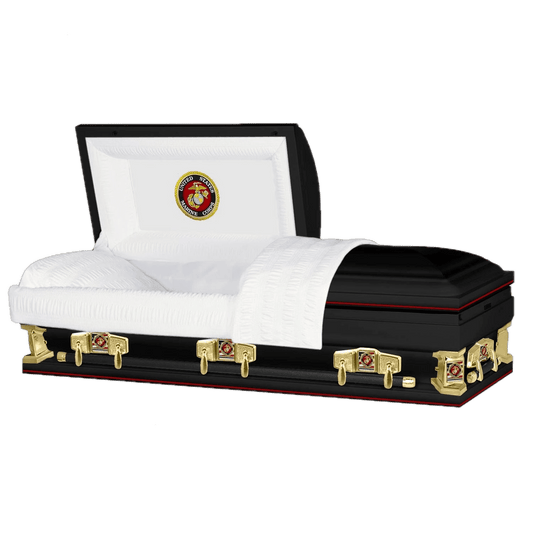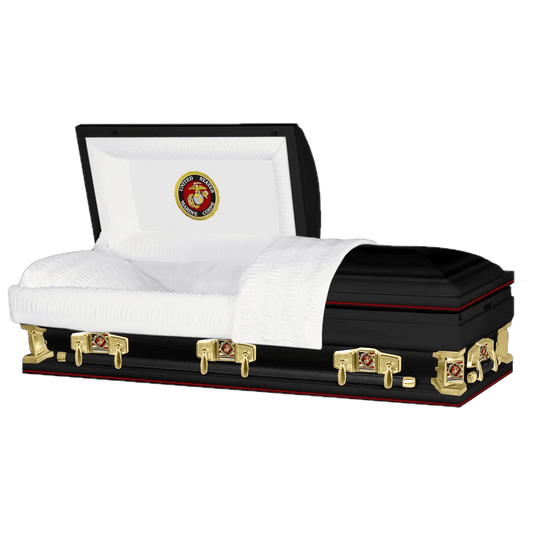Sending flowers is one of the most common ways of paying your respects to the family of a loved one who has passed. But if you’ve never sent a funeral floral arrangement before, it can be an intimidating task. How do you know what type of funeral arrangement to send? When and where should the flowers be sent? And is it always appropriate to send flowers to a grieving family?
We’ve broken down the different aspects of funeral arrangements below.
What Types Of Flowers Are Used In Funeral Arrangements?
The flowers in funeral arrangements may vary based on the time of year and the personal taste of the person who has passed. Generally speaking, however, lilies, roses, orchids, chrysanthemums, carnations and hydrangea are among the most commonly chosen blooms. Tulips and hyacinth are popular selections as well.
Each flower has its own specific meaning, and color plays a large part of that significance. White lilies, for example, signify purity, hope and renewal, and are commonly chosen for religious ceremonies. Orchids are a symbol of everlasting love, with red and pink hues often chosen. White roses are timeless, and signify deep respect for the departed. Carnations convey a sense of innocence; white and pink are usually selected for funeral arrangements.
What Are The Most Common Funeral Arrangements?
There are several types of funeral arrangements from which to choose. These arrangements vary in terms of size and cost, and usually depend on the closeness of your relationship with the deceased.
- Casket wreaths. As the name implies, these arrangements are large wreaths, designed to be placed on the casket of the deceased after the casket has been closed. Given the prominence of this funeral arrangement, it should only be purchased by the someone who was extremely close to the deceased (such as a spouse, partner or immediate family member).
- Sprays. Casket Sprays consist of an arrangement of flowers attached to a base so that the arrangement can stand on its own. Sprays can be small or large, and are usually displayed near the casket during the funeral ceremony. Sprays can also be shaped into crosses and hearts and displayed on easels.
- Baskets or vase arrangements. Smaller than sprays, these flowers are arranged in a basket, pot or vase and can include cut stems or plants. Plants in particular are a thoughtful gift to give a grieving family, as they can be enjoyed for longer.
What Type Of Funeral Floral Arrangement Should I Send?
The answer to this question depends on how well you knew the person who has passed and how close you are to the person’s family. As mentioned above, casket wreaths are not an appropriate purchase for anyone other than those who were very close to the deceased. If you’re a good friend or extended family member, consider buying a spray; otherwise, a basket or vase arrangement is a good choice.
Where And When Should I Send The Arrangement?
If you’re purchasing a casket wreath or a spray, you’ll want to send the arrangement directly to the funeral home or place of worship in advance of the funeral service. Basket or vase arrangements should be sent to the home of the deceased’s family, both before and after the funeral. Don’t bring flowers with you to the service.
Plan Your Farewell with Grace – Our Pre-Planned Caskets Offer Peace of Mind
When Is It Not Appropriate To Send An Arrangement?
Not all religions encourage sending floral arrangements to a funeral. In the Jewish faith, for example, flowers at a funeral are generally considered inappropriate, since the family is in mourning and flowers are thought to be too celebratory. Likewise, flowers are typically discouraged at Muslim funerals.
The family of the deceased might request that you make a donation to a charitable foundation in lieu of flowers. If so, you should heed their wishes. Don’t send a floral arrangement anyway; even if your intentions are good, you risk offending the family (they might have a specific reason for not wanting to receive flowers).
Funeral arrangements are a wonderful way to show your support for a grieving family. With this guide to choosing the appropriate arrangement, you can make a selection that honors and commemorates the life of the departed.

![Upgrade to Premium Weight [18-gauge steel]](http://titancasket.com/cdn/shop/products/casketthicknesswithnumbers.png?v=1680642906&width=533)









